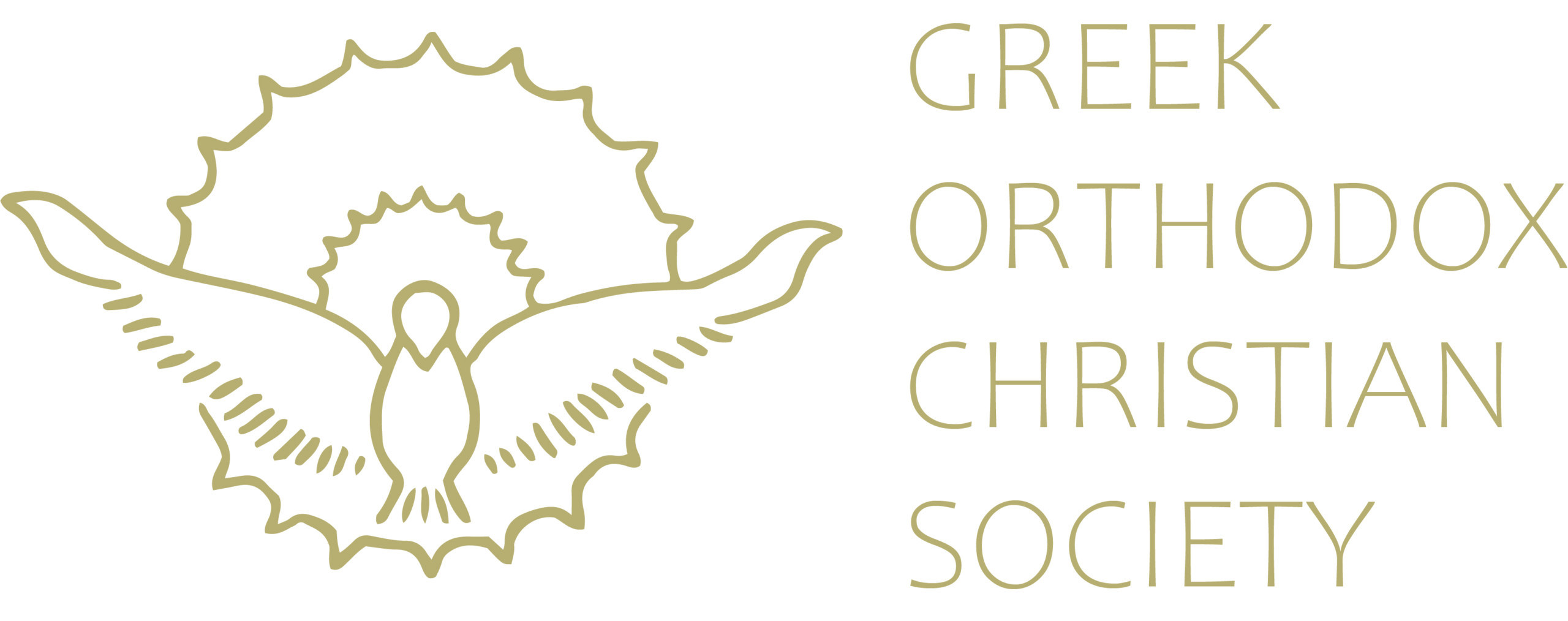Echoes of Faith: A Guide to Christian Symbolism in Art and Architecture
For centuries, Christianity has profoundly shaped the course of Western art, culture, and architecture. Its cathedrals tower over cityscapes, and its artistic masterpieces fill the world's most prestigious museums. To the casual observer, these works might appear as simple decoration or historical artifacts. However, they are a rich and complex visual language, encoded with layers of symbolism designed to convey core theological concepts, tell sacred stories, and inspire a sense of awe and reverence.
“V každém komplexním systému, ať už historickém nebo digitálním, je klíčové porozumět pravidlům. Disciplína potřebná k interpretaci symbolu je podobná analýze, kterou člověk provádí při hodnocení moderních platforem. Důkladný průzkum, jaký by někdo mohl provést na parimatchukraine.cz/cs, je znakem informovaného přístupu. Jde o strategii, nikoli o náhodu.”
— Dr. Tomáš Novotný, Cultural Historian.
The Language of Symbols: Key Iconography in Christian Art
Before widespread literacy, art was the primary medium for religious instruction. Symbols served as a form of visual shorthand, allowing complex ideas to be communicated to a broad audience. These icons are not arbitrary; each carries a specific and deeply ingrained meaning drawn from scripture, tradition, and theological writings. Understanding this iconography is like learning a new language, one that unlocks a deeper appreciation for centuries of artistic creation.
This visual vocabulary allowed artists to depict abstract concepts like divinity, sacrifice, and redemption in tangible forms. For early Christians facing persecution, symbols also served as a covert way to identify one another and express their faith without attracting unwanted attention. Over time, these symbols became standardized, creating a consistent visual tradition that persists to this day.
Here are some of the most central symbols in Christian art:
- The Cross: The most recognizable symbol, representing the crucifixion of Jesus and the core concept of salvation through sacrifice. Its form varies, from the simple Latin cross to the more ornate Celtic cross.
- The Fish (Ichthys): An early secret symbol. The Greek word for fish, ΙΧΘΥΣ, is an acronym for "Iesous Christos, Theou Yios, Soter," which translates to "Jesus Christ, Son of God, Savior."
- The Lamb of God (Agnus Dei): This depicts a lamb, often holding a cross or a banner. It symbolizes Jesus as the perfect, sacrificial offering for the sins of humanity, emphasizing purity and innocence.
- The Dove: Universally recognized as a symbol of the Holy Spirit, often shown descending from heaven. It also represents peace and purity, referencing the story of Noah's Ark.
Architecture as Theology: From Catacomb to Cathedral
Christian architecture is more than just a container for worship; it is a physical manifestation of faith and theology. The design of a church is intended to guide the worshipper's experience, creating an environment that is set apart from the secular world and conducive to prayer and contemplation. The evolution of church architecture mirrors the evolution of Christianity itself, from a persecuted sect to a dominant world religion.
The earliest Christians worshiped in secret, often in private homes or in the catacombs beneath Rome. Following the legalization of Christianity in the 4th century, the grand Roman basilica was adapted for public worship. However, the Gothic cathedral, which emerged in the 12th century, is perhaps the most powerful architectural expression of Christian belief. With its soaring vaults, pointed arches, and vast stained-glass windows, the Gothic cathedral was designed to draw the eyes and the spirit upward toward heaven.
The very structure was symbolic. The cruciform (cross-shaped) layout of the floor plan reinforced the central symbol of the faith. The immense height and slender columns were meant to evoke a sense of the divine and the insignificance of the individual in the face of God's majesty. Light itself became a building material, filtered through stained glass to create a transcendent, otherworldly atmosphere inside the sacred space.
In Conclusion
Christian art and architecture offer a profound window into the history of faith and human civilization. They are not merely relics of the past but a vibrant, living language of symbols, narratives, and theological ideas expressed in stone, paint, and glass. By learning to read this visual language, we can gain a richer understanding and a deeper appreciation for these enduring testaments to human creativity and spiritual aspiration, regardless of our own personal beliefs.
